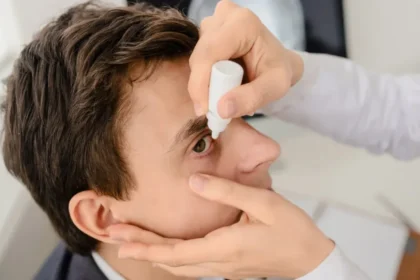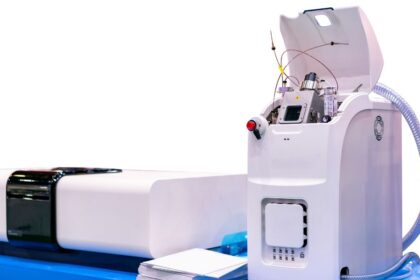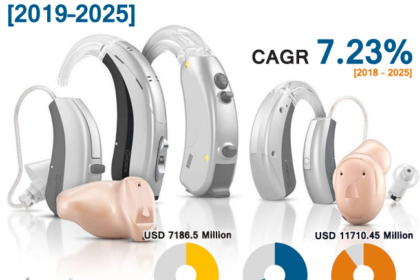The American and Chinese researchers have designed an object similar to a puzzle toy, Rubik’s Cube. It is not an ordinary puzzle-solving toy but is made up of self-healing sticky hydrogel. The hydrogel-based 3 X 3 X 3 Rubik’s Cube is efficient enough that its small cubical units remain adhered to each other for more than an hour. If the whole structure kept stable for a whole day, the hydrogel begins to create new chemical bonds and bind the structure permanently.
Using this self-healing hydrogel concept, the team has been looking to design a material that can monitor human health simply by placing it on the skin of a person. For instance, this material could be employed in smartwatches and other wearables to detect the abnormal increase and decrease in blood sugar levels.
The material is not only used as a health-monitoring device but can also be used as an information storage device, considering the ability of the toy to restructure into 43 quintillion configurations.
On a related note, for effective healing of a skin cut, a band-aid is applied on it. However, for an internal wound in the gut, such an approach cannot be used, as the materials don’t adhere to the slippery surfaces, such as intestinal walls. Now, scientists from Harvard University have designed a gel comprising the gut flora, which can stick to the slippery intestinal walls.
The hydrogel is composed of nanofibers—which can effectively remain attached to the gut walls—and recombinant engineered E. coli bacteria that naturally present in our gut. Actually, the E. coli bacterial strain used by the scientists to develop the hydrogel is non-pathogenic.
It is not difficult to design and grow this non-pathogenic bacterial strain in-vitro. The researchers have constructed the hydrogel with the thickness equivalent to the mucus formed around the gut’s interior surface.





